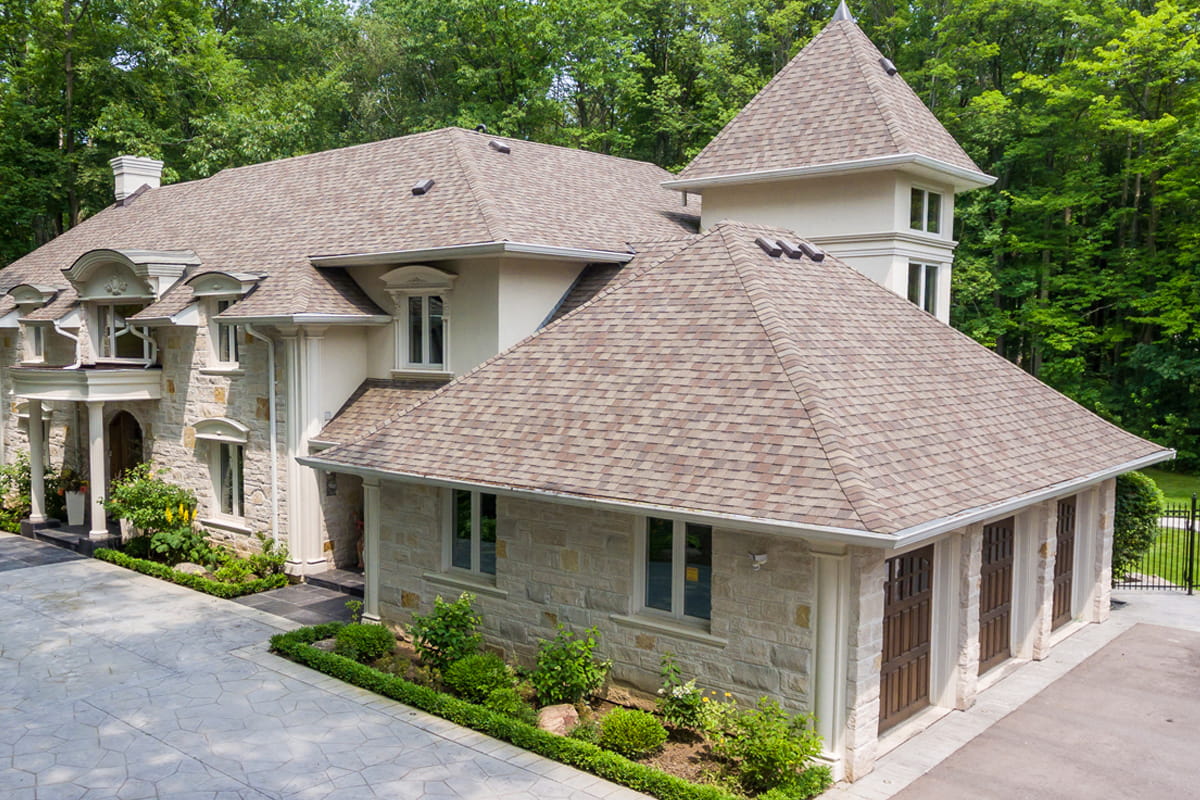Investing in your health is the best thing any of us can do! Healthy eating, physical exercise, stress management all improve our wellbeing, but what about our built environments? The areas we spend large amounts of our lives inhabiting at work or at home. The link between environment and health is complex, however indisputable and long-standing. As a homebuilder, our mission is to build the healthiest home possible to improve quality of life and to create healthy environments for your families to thrive.
What is a healthy home? Follow our #HealthyHomeSeries as we focus on key areas of design, construction, maintenance and rehabilitation of a healthy home. Today’s focus is on air quality and the proper ventilation of a #HealthyHome.
Air Quality
Did you know that air inside could be as polluted as the air outside? Pollutants in the home include dust, formaldehyde, fire-retardants, radon, Volatile Organic Compounds (VOCs) from building materials, paints and chemicals from everyday household cleaners. Excess humidity is generated from normal human activity and natural toxins are emitted from the human body – like ammonia, carbon monoxide and benzene.
Why is quality airflow important? A home needs enough fresh outdoor air to dilute emissions from indoor sources to carry air pollutants out of the home. Many older buildings do not have ventilations relying on windows, cracks in the home and outdoor breezes to create a pressure difference between indoor and out. On calm days there is little air exchange and with no flow, an increase of indoor pollutants will form. Homes are simply not built to leak heat and moisture anymore, we build them as airtight as we can so a mechanical ventilation is essential to the durability and efficiency in retaining your home’s value over time.
Installing a proper ventilation system. There are many forms of ventilation on the market including Natural Ventilation, Exhaust-Only Mechanical Ventilation, Supply-Only Mechanical Ventilation, Balanced Ventilation, Energy-Recovery Ventilation and Balanced Ventilation with Heat-Recovery. When possible we do recommend a balanced mechanical ventilation system with Heat-Recovery (HRV) most commonly used for our colder climate.


What is heat-recovery? A balanced mechanical ventilation system has separate fans that drive both inlet and exhaust airflow, the heat-recovery allows the outgoing air to pass its heat to the incoming air without the two streams mixing. Otherwise, that heat would be lost. While stale or moist air (from wet rooms – bathroom, kitchen, utility) is removed from your home, filtered air is circulated inside while keeping the heated room comfortable with no energy wasted and a continuous stream of fresh air.
For more information on building a #HealthyHome, please feel free to reach out to one of our team members at 416-480-0282.

